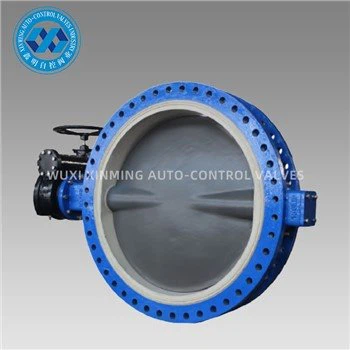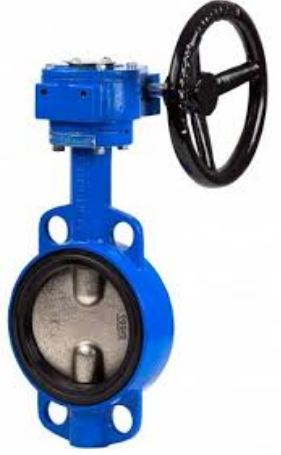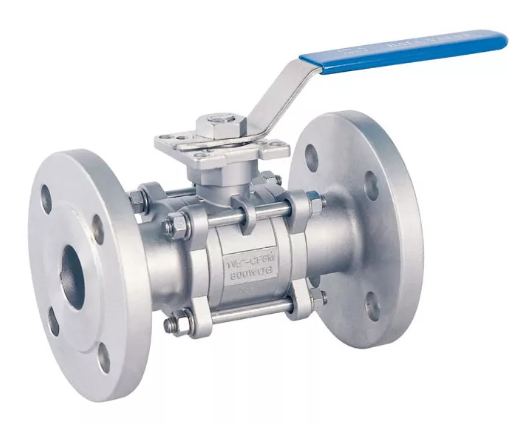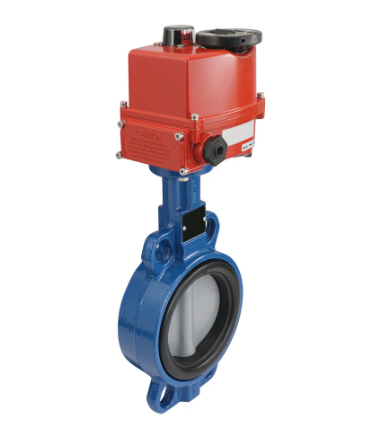Introduction
In modern industries, pneumatic actuators play a critical role in automating valves and machinery by using compressed air for motion control. However, one common challenge faced by many facilities is excessive noise generated during actuator operation. High noise levels not only affect workplace comfort but can also lead to hearing risks, energy inefficiency, and system wear. This is why pneumatic actuator noise reduction has become a priority in industries such as oil & gas, power generation, chemical processing, water treatment, and manufacturing.
This article explores the causes of noise in pneumatic actuators, effective noise reduction methods, and how companies can achieve safe, efficient, and compliant operations.
1. Causes of Noise in Pneumatic Actuators
Several factors contribute to unwanted noise:
-
Exhaust Air Discharge – Rapid release of compressed air through exhaust ports creates a loud hissing sound.
-
Vibration and Mechanical Impact – Internal components, gears, and linkages can generate noise due to high-speed operation.
-
High Air Pressure – Operating actuators above recommended pressure increases turbulence and noise.
-
Poor Maintenance – Worn seals, loose fittings, or misalignment can amplify operational noise.
-
Valve Cavitation or Flow Turbulence – In control valve applications, improper sizing and cavitation contribute to high noise levels.
2. Why Noise Reduction Is Important
-
Health & Safety – Continuous exposure to noise above 85 dB can cause permanent hearing damage.
-
Regulatory Compliance – Many industries must meet OSHA, ISO, or EU workplace noise standards.
-
Operational Efficiency – Excessive noise often signals wasted energy and poor actuator performance.
-
Extended Equipment Life – Noise reduction lowers vibration and mechanical stress, improving actuator longevity.
-
Improved Workplace Comfort – A quieter environment boosts employee productivity and morale.
3. Effective Methods for Pneumatic Actuator Noise Reduction
a) Installing Mufflers and Silencers
Attaching pneumatic mufflers or silencers to exhaust ports is the most common solution. These devices dissipate air energy, lowering discharge noise without affecting actuator performance.
b) Optimizing Air Pressure and Flow
Using only the required operating pressure minimizes turbulence and reduces noise. Flow restrictors and regulators can be added for better control.
c) Acoustic Insulation and Enclosures
For large actuators or noisy environments, installing sound-absorbing materials or acoustic covers helps contain noise.
d) Vibration Damping
Adding shock absorbers, rubber mounts, or dampers reduces mechanical vibrations and impact noise.
e) Upgrading to Low-Noise Actuators
Modern pneumatic actuators are designed with noise-reduction technology, such as precision exhaust channels and smoother mechanical interfaces.
f) Regular Maintenance
Ensuring proper lubrication, seal integrity, and component alignment significantly lowers operational noise.
4. Applications of Noise-Reduced Pneumatic Actuators
-
Food & Beverage Processing – Quieter operations improve hygiene and worker comfort.
-
Pharmaceutical Manufacturing – Reduces risk of contamination from vibration and ensures compliance with cleanroom standards.
-
Oil & Gas Facilities – Safer operations in hazardous zones where high noise may mask alarms.
-
Water Treatment Plants – Quiet actuators reduce noise pollution in urban installations.
-
Automotive & Assembly Lines – Better productivity with reduced operator fatigue.
5. Future Trends in Pneumatic Actuator Noise Reduction
With the rise of Industry 4.0 and sustainable manufacturing, noise reduction technologies are evolving:
-
Smart Mufflers – Devices with integrated monitoring to optimize air exhaust.
-
Digital Actuators – Precision control reduces pressure fluctuations and turbulence.
-
Advanced Materials – Use of composite silencers and sound-damping alloys.
-
Predictive Maintenance Systems – IoT-enabled actuators detect early signs of vibration and noise.
Conclusion
Pneumatic actuator noise reduction is essential not only for compliance and safety but also for efficiency, durability, and worker well-being. By implementing mufflers, optimized air control, vibration dampers, and preventive maintenance, industries can achieve quieter operations while lowering energy consumption and extending equipment life.
As technology advances, smart actuators with built-in noise reduction features will become standard, helping industries meet environmental and occupational safety regulations while maintaining peak performance.
If you want to learn more about low-priced products, please visit the following website: www.xm-valveactuator.com
















